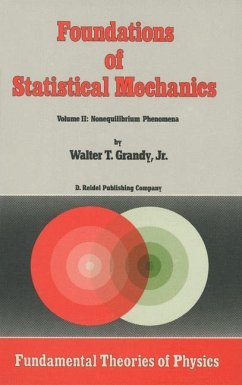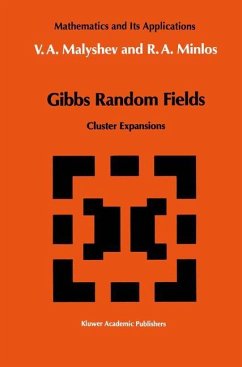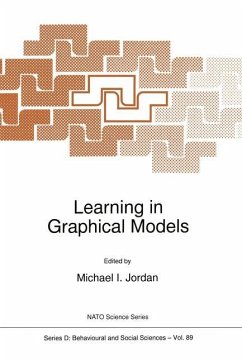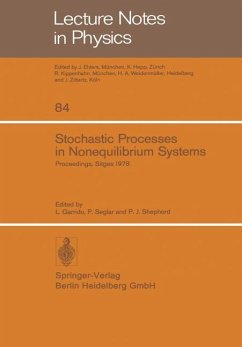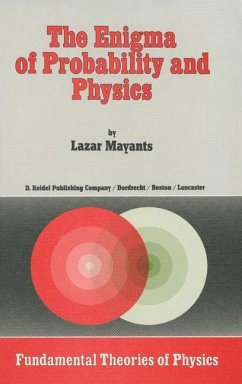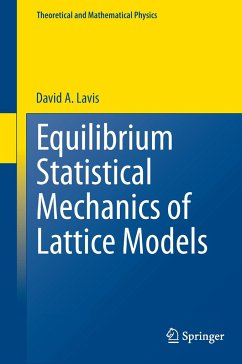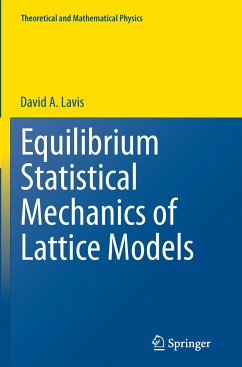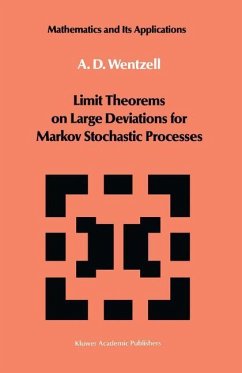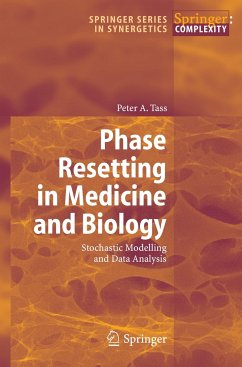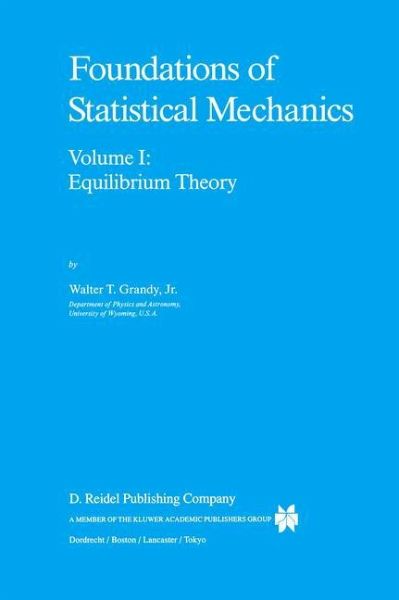
Foundations of Statistical Mechanics
Equilibrium Theory
Versandkostenfrei!
Versandfertig in 1-2 Wochen
153,99 €
inkl. MwSt.
Weitere Ausgaben:

PAYBACK Punkte
77 °P sammeln!
In a certain sense this book has been twenty-five years in the writing, since I first struggled with the foundations of the subject as a graduate student. It has taken that long to develop a deep appreciation of what Gibbs was attempting to convey to us near the end of his life and to understand fully the same ideas as resurrected by E.T. Jaynes much later. Many classes of students were destined to help me sharpen these thoughts before I finally felt confident that, for me at least, the foundations of the subject had been clarified sufficiently. More than anything, this work strives to address...
In a certain sense this book has been twenty-five years in the writing, since I first struggled with the foundations of the subject as a graduate student. It has taken that long to develop a deep appreciation of what Gibbs was attempting to convey to us near the end of his life and to understand fully the same ideas as resurrected by E.T. Jaynes much later. Many classes of students were destined to help me sharpen these thoughts before I finally felt confident that, for me at least, the foundations of the subject had been clarified sufficiently. More than anything, this work strives to address the following questions: What is statistical mechanics? Why is this approach so extraordinarily effective in describing bulk matter in terms of its constituents? The response given here is in the form of a very definite point of view-the principle of maximum entropy (PME). There have been earlier attempts to approach the subject in this way, to be sure, reflected in the books by Tribus [Thermostat ics and Thermodynamics, Van Nostrand, 1961], Baierlein [Atoms and Information Theory, Freeman, 1971], and Hobson [Concepts in Statistical Mechanics, Gordon and Breach, 1971].





